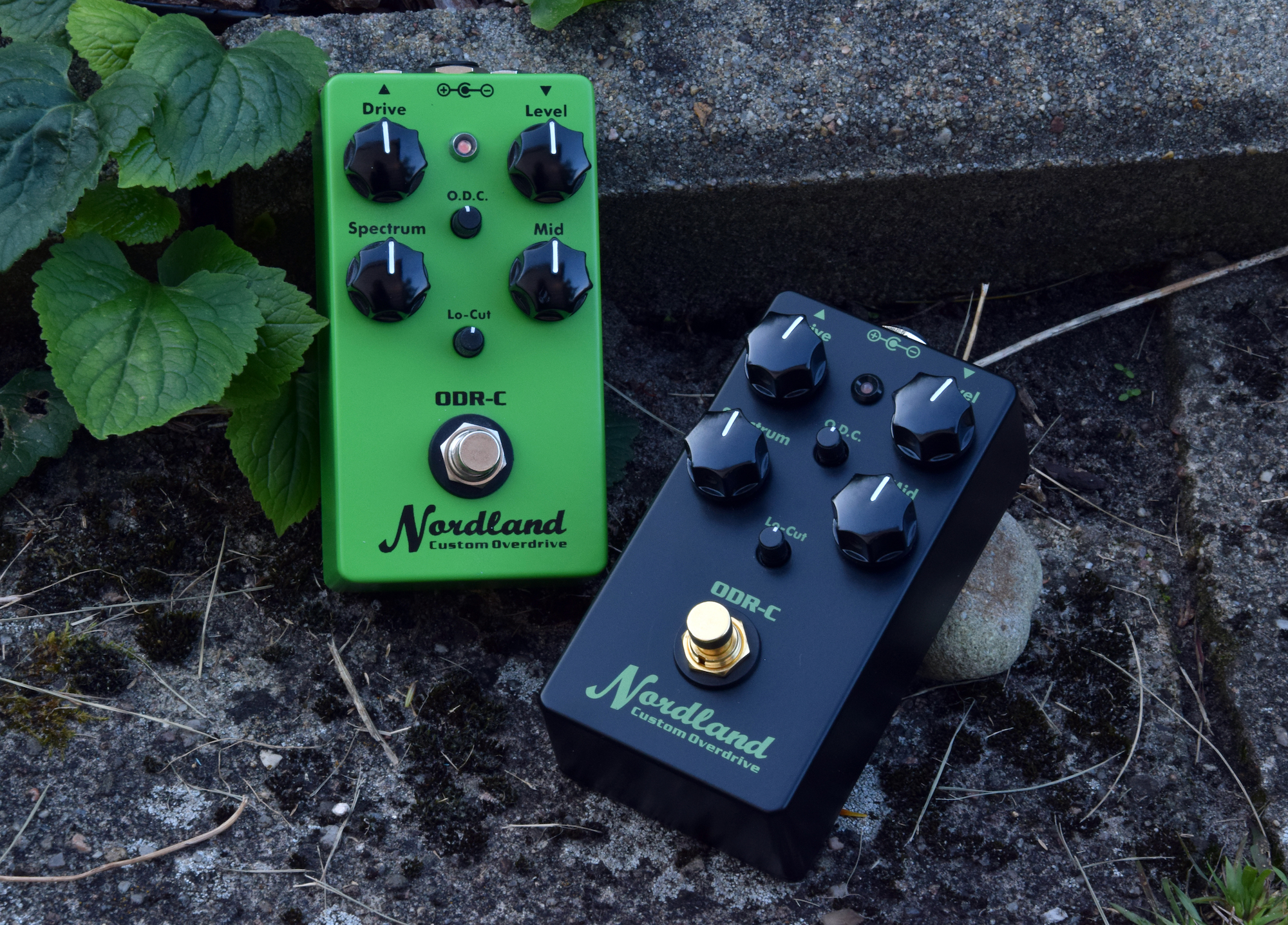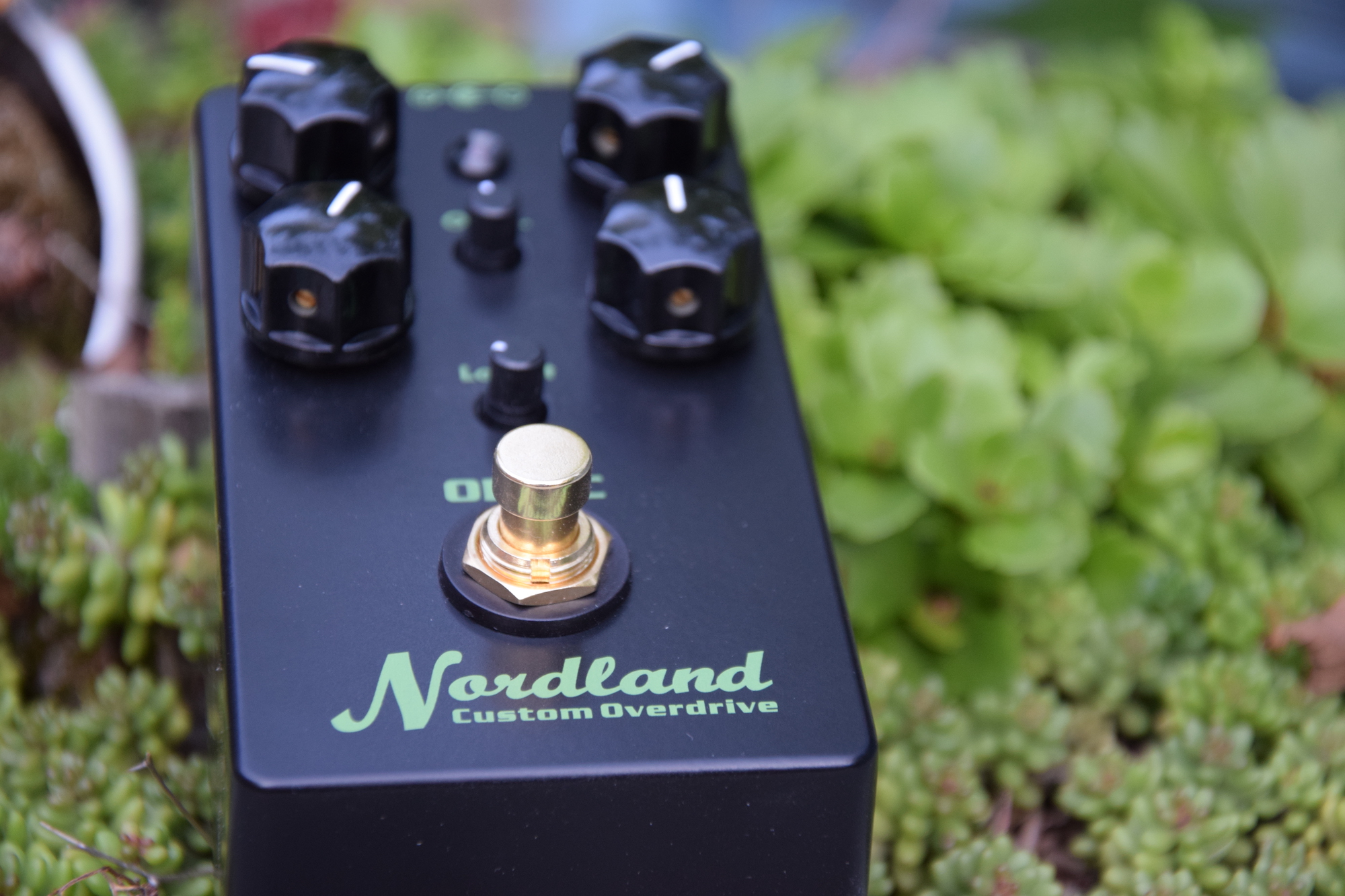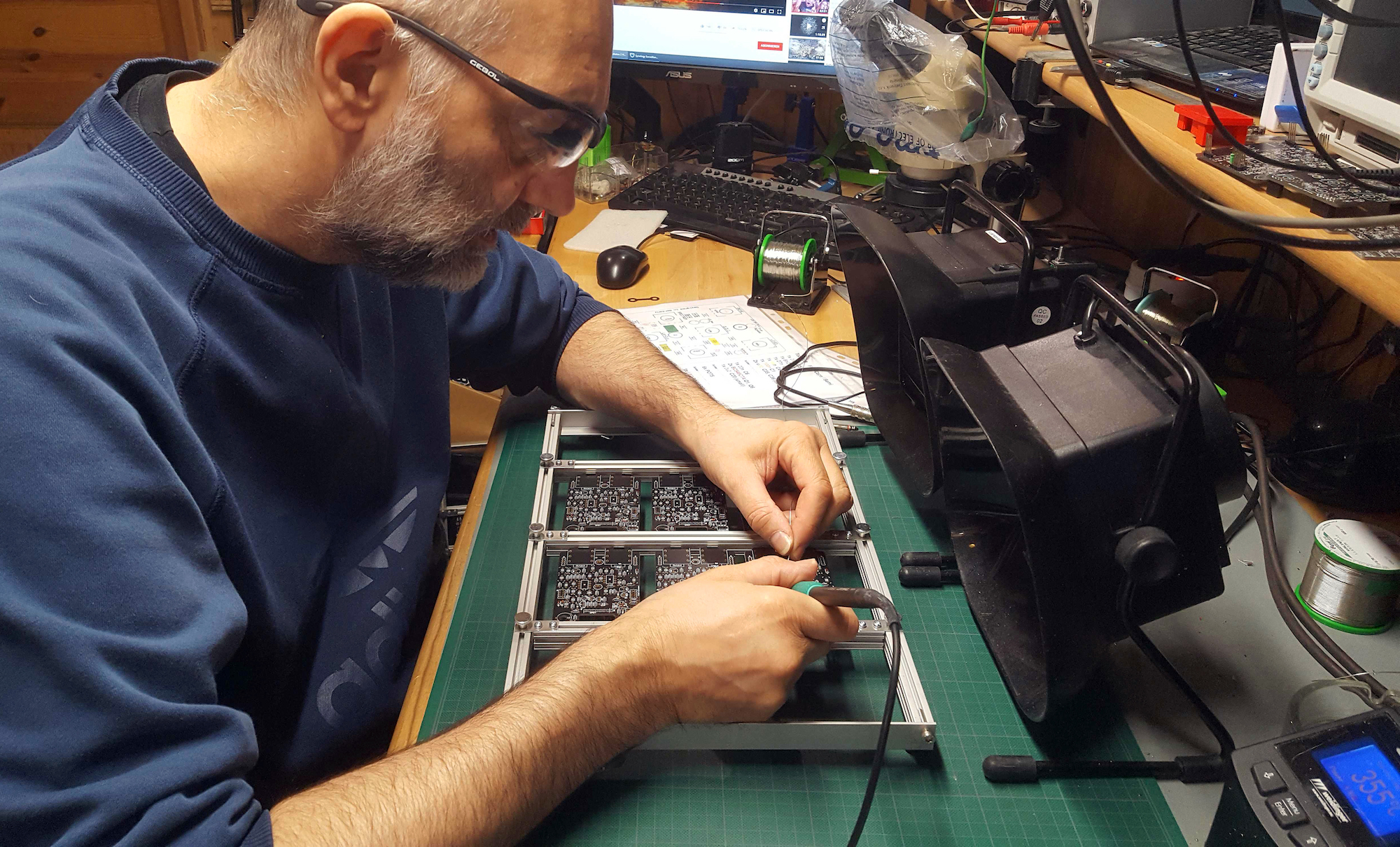
Interview: Kai Tachibana (Nobels, Nordland Electronics)
The Nobels ODR-1 is one of the most impactful overdrives in history, with a legendary reputation among Nashville guitarists. Since its release it has appeared on thousands of recordings and inspired dozens of imitations, including Wampler’s recent Belle overdrive. The ODR-1 was designed by Hamburg-based engineer Kai Tachibana, who developed it for Nobels in the early 1990s. Under the name Nordland Electronics, Kai recently launched the ODR-C, a refinement of the original ODR-1 design.
Kai graciously agreed to an interview with Var Guitar. Thanks Kai!

How did you get your start designing pedals?
I was enthusiastic about electronics at age 10. The guitar was added a little later: first a simple classic acoustic guitar, and a few years later a Cimar Stratocaster replica. In parallel, I always tinkered with all kinds of things. I read a lot of electronic magazines and I built many electronic kits. Later I turned my hobby into a profession.
I had an apprenticeship as a radio and television technician, and after my apprenticeship I went to the Navy for 2 years. I was at Marinefliegergeschwader 2 (Naval Aviation Squadron) and repaired Lockheed Starfighter radios.
Before Nobels, I worked as a technician at No1 Music Center in Hamburg and repaired all types of electronics. I later developed some useful changes to the JHS Rockbox, which became the Nobels Sound Studio-1.
The Nobels brand was born. So I switched from No1 to Nobels and then developed almost all the Nobels devices.
In the summer of 1992 I had the idea of including effect pedals in the Nobels program. Since I had my development department in the same building as the internationally known music store No1 Music Center, I naturally had contact with many different musicians on a daily basis, so I knew what was in demand at the time. We started with four different models that were most commonly used by musicians at the time. One of them was the Nobels ODR-1 Overdrive, which still exists after 27 years†. I have designed all the variations of the Nobels ODR-1, including the new BC version and the ODR-Mini.
†You can read an in-depth history of the ODR-1’s development on Kai’s website here.
One of the things that fascinates me most about the ODR-1 is that for millions of people, without realizing it, the signature country guitar sound is a Telecaster into an ODR-1. Did you have any idea that the ODR-1 would be such an iconic sound?
At that time I already noticed that the pedal was well received in the Nashville scene, but of course at that time I had no idea how well known the ODR-1 sound would become. Back then, my only concern was to develop an overdrive with the most natural sound possible.
What gave you the inspiration to revisit the ODR-1 circuit and start building the ODR-C?
For me, the ODR-1 sound has always been the only overdrive for me. However, I found that the ODR would be much better with high quality and tightly tolerated components. This idea has been with me for many years. In mid-2018 I finally had enough rest and time to do it.
To build an ODR-1 was not enough for me. I knew that the sound was too bassy for some guitars. So a lo-cut was needed. For an assertive solo sound, there should also be a good-sounding mid-control. I also wanted the overdrive to sound less compressed. For this I developed the O.D.C. (Overdrive De-Compress) control. The most important task was that if the 3 additional sound options were not used, the original ODR-1 sound had to be retained.

Aside from your own creations, what’s your favorite piece of guitar gear?
I still prefer to use my 1981 Fender Bullet. There is a Gibson Dirty Finger in the bridge position, which can be switched to single-coil. I had already developed the ODR-1 with this guitar. I also love almost all variants of a Telecaster.
I’m using an old Pearce G2r transistor amplifier with built-in digital reverb. I have a few other tube amps, but that’s my favorite amp right now. It’s connected to a 1×12 Mesa Boogie cab with a special Eminence speaker.
Finally, do you have any advice for aspiring pedal builders? (Just in case somebody comes across this interview who wants to become the next Susumu Tamura or Kai Tachibana.)
My tips that I use myself to act:
- When checking sounds – remember that ears get tired! You should stop after 15 minutes and continue testing the next day at the earliest! And yes: it takes time!
- My former boss (Joe from Shadow Electronics) always said: The worm must taste good to the fish – not to the fisherman …
- The customer is king! Treat your customers as you would like to be treated yourself. Problems happen. It is up to you how you handle it!

Many thanks to Kai for agreeing to this interview! You can buy an ODR-C from his website.
